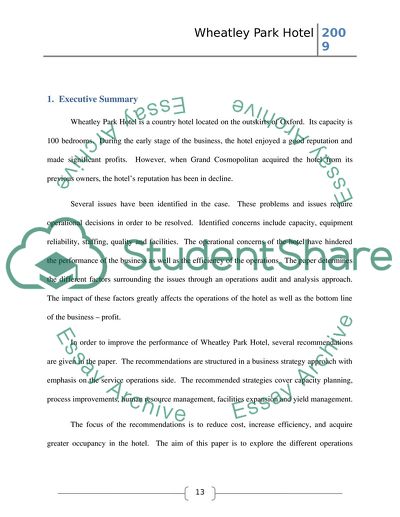Cite this document
(“Operational Analysis for Improving Performance of Wheatley Park Hotel Essay”, n.d.)
Operational Analysis for Improving Performance of Wheatley Park Hotel Essay. Retrieved from https://studentshare.org/marketing/1558612-operational-analysis-for-improving-performance-of-wheatley-park-hotel
Operational Analysis for Improving Performance of Wheatley Park Hotel Essay. Retrieved from https://studentshare.org/marketing/1558612-operational-analysis-for-improving-performance-of-wheatley-park-hotel
(Operational Analysis for Improving Performance of Wheatley Park Hotel Essay)
Operational Analysis for Improving Performance of Wheatley Park Hotel Essay. https://studentshare.org/marketing/1558612-operational-analysis-for-improving-performance-of-wheatley-park-hotel.
Operational Analysis for Improving Performance of Wheatley Park Hotel Essay. https://studentshare.org/marketing/1558612-operational-analysis-for-improving-performance-of-wheatley-park-hotel.
“Operational Analysis for Improving Performance of Wheatley Park Hotel Essay”, n.d. https://studentshare.org/marketing/1558612-operational-analysis-for-improving-performance-of-wheatley-park-hotel.


